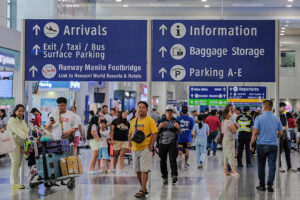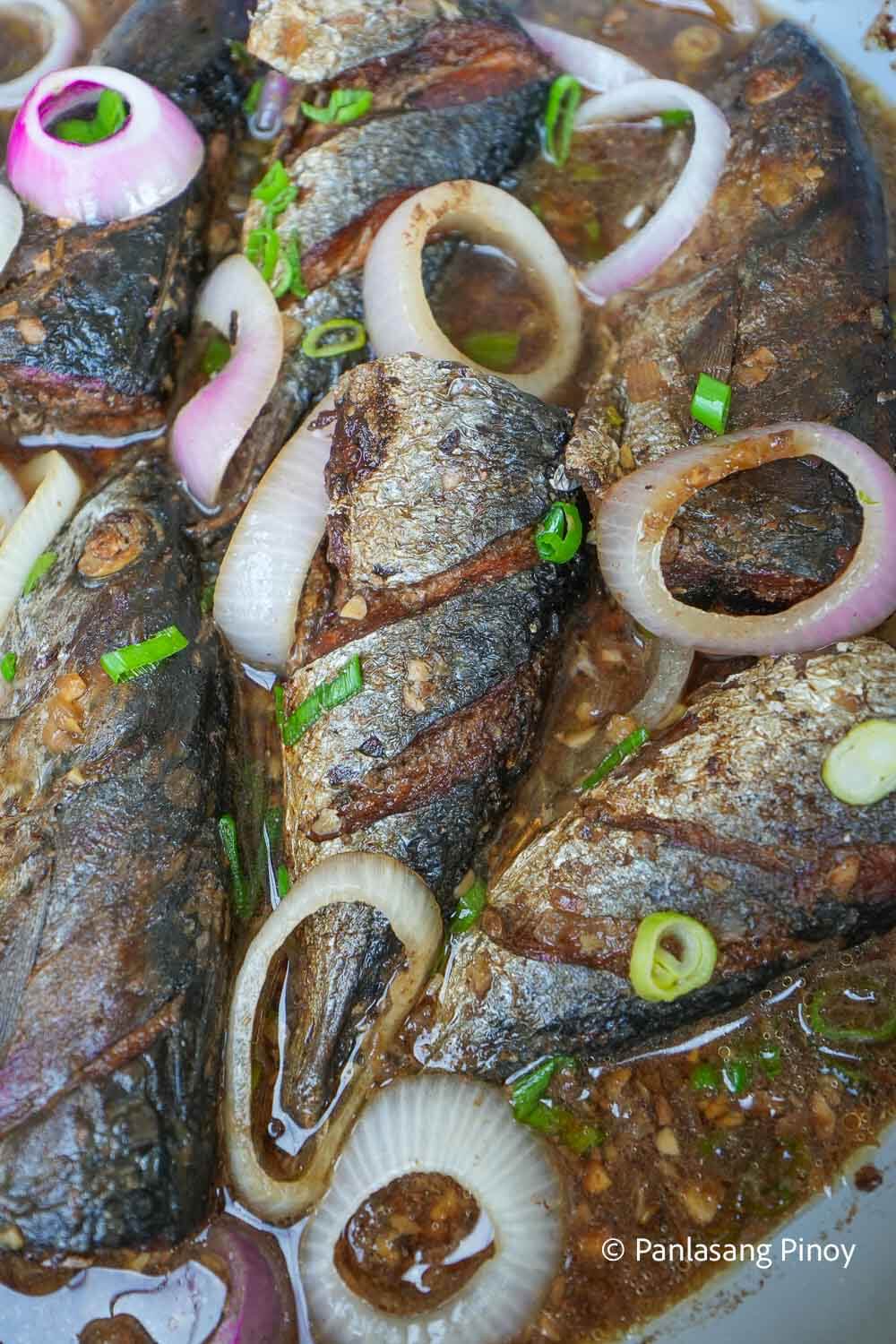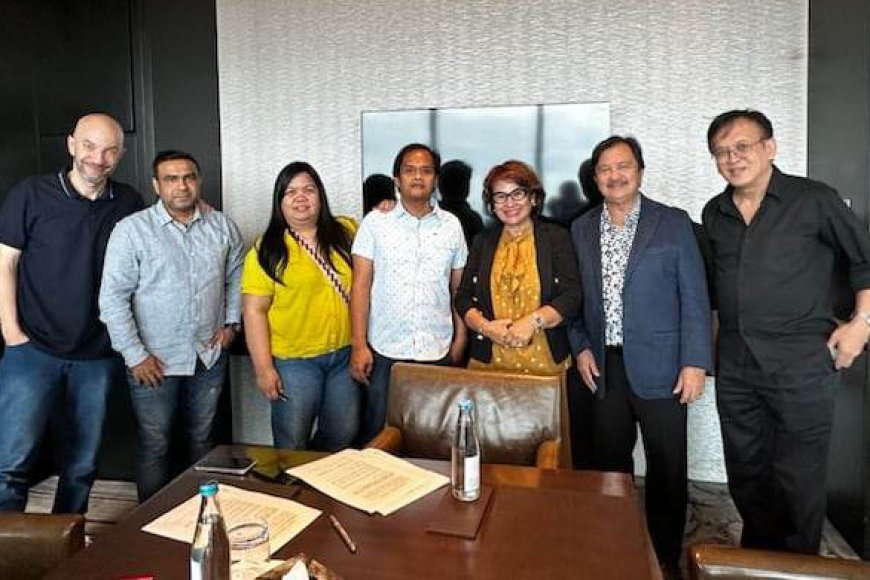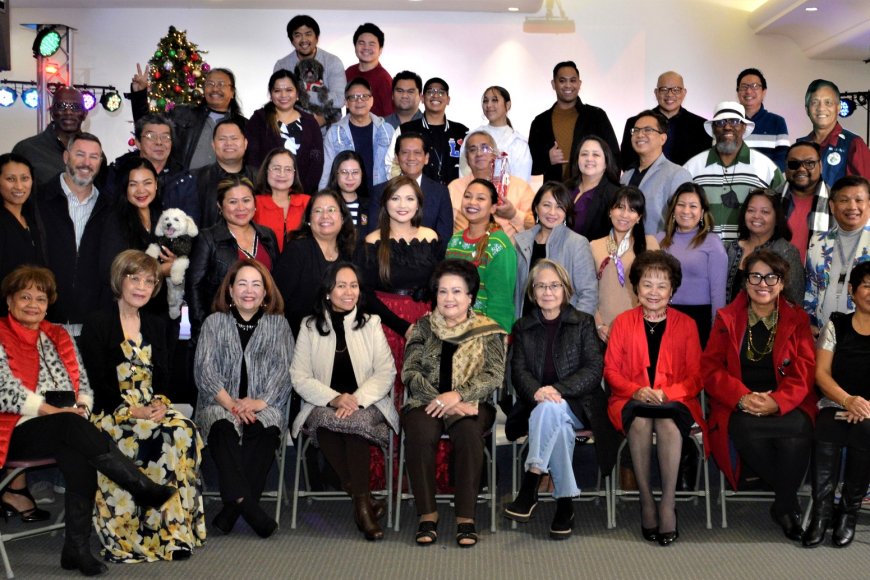PHL tourism in focus as private operator takes over main airport
DAVE M. GUINO, a 27-year-old Filipino travel content creator, has visited an average of four countries yearly since pandemic restrictions were lifted in 2022. This year, he is set to travel to six.

By Brontë H. Lacsamana, Reporter
DAVE M. GUINO, a 27-year-old Filipino travel content creator, has visited an average of four countries yearly since pandemic restrictions were lifted in 2022. This year, he is set to travel to six.
“I’ve definitely witnessed how tourism has recovered,” he said in a Messenger call. “The airport has long lines at immigration, flights get fully booked whether domestic or international, and there are travel booking promotions everywhere.”
The post-pandemic reopening has given the Philippine tourism industry an opportunity to increase visitor spending, generate more jobs and boost the economy. There’s also optimism that the privatization of Manila’s international airport would improve service.
The Ninoy Aquino International Airport (NAIA) was the fourth-worst airport in Asia for business travelers, with an average rating of 2.78 out of 10, according to a study by BusinessFinancing.co.uk.
The airport has had a long list of bad raps — from the third-most stressful airport in Asia to downright being one of the world’s worst, with frequently delayed flights, brownouts, long lines and cash-gobbling security guards.
 San Miguel Corp.-led New NAIA Infrastructure Corp. on Sept. 14 took over the operations of NAIA under a private-public partnership (PPP) that seeks to attract more tourists. San Miguel and South Korean partner Incheon International Airport seek to modernize NAIA’s aging facilities and almost double airport capacity to 62 million passengers yearly.
San Miguel Corp.-led New NAIA Infrastructure Corp. on Sept. 14 took over the operations of NAIA under a private-public partnership (PPP) that seeks to attract more tourists. San Miguel and South Korean partner Incheon International Airport seek to modernize NAIA’s aging facilities and almost double airport capacity to 62 million passengers yearly.
“We are finally doing what the government has wanted to do since the 1990s — to use PPP in enabling a private operator to manage the operations and maintenance of the Ninoy Aquino International Airport — and make it truly world-class,” Transportation Secretary Jaime J. Bautista said in a statement.
“A new system is something to look forward to because it may address woes that were not addressed by previous management,” John Paolo R. Rivera, a senior research fellow at the Philippine Institute for Development Studies,
told BusinessWorld in a Viber message.
“There is optimism with a change in management.”
But this optimism could be reinforced or dashed depending on the new systems and “interventions” that will be enforced. The privatization, for one, has sparked worries about job losses and higher travel costs.
“We hope for the best,” Mr. Rivera said. “A premier, world-class and efficient airport is key to attracting more foreign tourists and ensuring that visitors enjoy warm Filipino hospitality.”
Visitor arrivals rose by 10% to 4.03 million in the eight months to August, according to government data. Majority or 92% of these were foreigners and the rest were overseas Filipinos. The Tourism department is targeting 7.7 million tourist arrivals for the full year.
The tourism industry is expected to surpass its pre-pandemic performance with an over P5.4-trillion contribution to the economy this year — a 25% yearly growth and 7.1% above the 2019 peak — the World Travel and Tourism Council (WTTC) said in June.
Travel and tourism account for 21.3% of Philippine economic output.
Travel agencies, hotels, resorts and online booking platforms have been holding summits, expos and sales as they seek to match and even exceed pre-pandemic tourism activity.
In mid-July, the Philippine Travel Agencies Association held its first travel expo outside the main Luzon island — in Cagayan de Oro City in Mindanao — to connect Visayas and Mindanao travel agencies with clients and suppliers overseas.
The Tourism department has been building tourist rest areas nationwide, as well as introducing hop-on, hop-off buses in the National Capital Region.
It has built 10 rest areas with clean restrooms, information and gift centers featuring the products of small businesses. The hop-on, hop-off buses operate in designated hubs including Makati, Manila and Pasay, with more to be launched next year.
About three-quarters of Filipinos have considered traveling overseas this year, with Hong Kong, Singapore, Japan and Thailand in mind, according to a report by Klook Philippines in May. Nine of 10 Filipinos plan to travel domestically, with Tagaytay, Baguio, Boracay and Palawan as their preferred destinations.
But Fitch Solutions’ BMI is less optimistic. While international tourist arrivals are expected to rise by 33% this year, this won’t be enough to hit pre-pandemic levels by 2025, it said in June.
It expects arrivals to reach 6.6 million this year, citing the Philippines’ smaller share of intra-regional visitors compared with its peers.
Last year, the country attracted only 5.45 million international visitors, compared with Thailand’s 23 million, Vietnam’s 12.6 million and Indonesia’s 11.68 million visitors.
TOURISM DEVELOPMENT PLAN
“Our struggle emanates from strategies to outcompete neighboring economies rather than making the Philippines comparable and equally attractive,” Mr. Rivera said. “Infrastructure, technology, promotion are part of the issue.”
He cited the need to “effectively implement” the National Tourism Development Plan for 2023 to 2028.
The plan, approved in May 2023, seeks to transform the country into a tourism powerhouse “anchored on Filipino culture, heritage and identity which aims to be sustainable, resilient and competitive.”
It targets to generate 34.7 million tourism-related jobs and post 51.9 million international tourist arrivals by 2028.
Leonardo A. Lanzona, an economist from the Ateneo de Manila University, said overdevelopment in coastal areas, pollution and degraded beaches, forests and coral reefs must be addressed to properly enforce the tourism plan.
“These things make the Philippines less appealing as an ecotourism destination,” he said in an e-mailed reply to questions. “These problems also need to be addressed to make even domestic tourism sustainable.”
The government should fix accessibility problems that contribute to the perception that the Philippines is a poor, unattractive country despite its natural and cultural appeal.
“With improved infrastructure, security, environmental protection and marketing, the tourism sector has great untapped potential to grow significantly,” Mr. Lanzona said. “The problem stems really from mismanagement.”
Mr. Guino, who is part of the Klook Kreator program that allows travel content creators to earn commissions by sharing promo codes on social media, cited Filipinos’ yearning to travel domestically.
But video content filmed in the Philippines pales in comparison to the vlogs featuring countries like South Korea or Taiwan. “As a native of Region VIII, I’ve vlogged in Kalanggaman Island, Kanigaw Island, and other white sand beaches in my province of Leyte. People comment that it’s refreshing to see underrated, beautiful destinations,” he said.
Mr. Guino cited the lack of tourism promotion and poor infrastructure in these places, making them undesirable to Filipino travelers, even more so to foreign visitors.
Neighboring countries like Vietnam, Thailand and Malaysia have better airports and transportation systems, he added.
“Aside from brand awareness for provincial tourist spots, our archipelagic geography means we should work on accessibility and connectivity,” he added.
Loleth G. So, president of the Hotel Sales and Marketing Association, said the industry is banking on the National Tourism Development Plan to upgrade the country’s tourism infrastructure, with tourist rest areas and tour buses being the first step.
“While the Department of Tourism is doing its job, our advocacy is to help the industry by connecting, uplifting and training our own [tourism workers],” Ms. So, who is also group commercial director at Megaworld Hotels & Resorts, told BusinessWorld.
She said MICE (meetings, incentives, conventions, events) are a key segment of the tourism industry because it brings in groups of people into hotels and destinations.”
The tourism sector employed more than 6.2 million Filipinos last year, according to the Tourism department. The MICE segment is crucial to creating more jobs, Ms. So said.
Mr. Rivera said the Filipino brand of service excellence is a major reason why tourists visit the Philippines. “The Tourism department is very active in training its tourism stakeholders both with soft and hard skills. They should keep that up.”
Mr. Guino, who continues to produce travel content as a side job, said he doesn’t doubt that tourism is recovering.
“Back in 2022, there were fewer airline and accommodation promos, and no one would post comments on my videos discussing travel plans of their own,” he said. “Now, that has completely turned around.”























